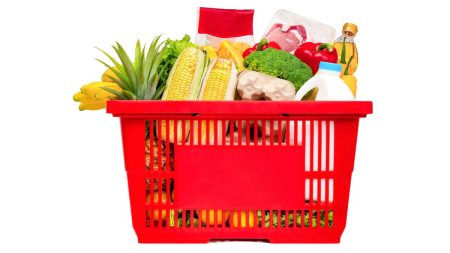Stokvels are one of South Africa’s oldest and most popular community savings methods. Whether in townships, rural areas, or suburban neighborhoods, stokvels help many families manage their finances, save money, and support one another.
But when it comes to choosing the best stokvel savings option, many people ask: Food or cash stokvels — which one is smarter?
Types of Stokvels: Food vs Cash
1. Food Stokvels
Food stokvels focus on buying groceries, household essentials, or bulk food items collectively. Members contribute a fixed amount or supply certain foods every month, which the stokvel leader then uses to purchase items in bulk. The items are distributed among members in rotation or shared equally.
Examples of items:
Maize meal
Rice
Sugar
Cooking oil
Tea, coffee
Canned goods and vegetables
2. Cash Stokvels
Cash stokvels are more straightforward. Members contribute a fixed amount of money every month. Each month, one member gets the entire lump sum, often through a draw or pre-agreed schedule. This gives members access to larger amounts of cash to cover expenses or emergencies.
Pros and Cons: Food
Pros
Guaranteed basic needs: Members get essential groceries every month, reducing the risk of food shortages.
Bulk buying power: Buying in bulk means getting lower prices, which helps families stretch their budgets.
Inflation protection: Food prices tend to rise steadily, so locking in bulk food prices can protect members from sudden cost increases.
Less temptation to spend: Since members receive goods instead of cash, the risk of wasting money on non-essential items reduces.
Cons
Limited flexibility: Members can only use the stokvel for food, not cash, so it might not help in non-food emergencies.
Storage issues: Members may need space to store bulk goods, which can be a challenge in smaller homes.
Quality control: If the food purchased isn’t good quality, members might feel shortchanged.
Coordination challenges: Organizing bulk purchases and distribution requires effort and honesty from stokvel leaders.
Pros and Cons: Cash
Pros
Flexible use of funds: Members can use the cash for any purpose, whether emergencies, school fees, or even investing.
Lump sum availability: Getting a large amount at once helps in big purchases or paying off debts.
Simplicity: Easy to manage with fewer logistics than food stokvels.
Potential for investment: Members can use their payout to start small businesses or buy goods to sell.
Cons
Temptation to overspend: Members might spend the money unwisely, missing the opportunity to save long term.
Risk of default: Members who take their payout early may stop contributing, risking the stokvel’s stability.
Inflation erosion: Cash loses value over time due to inflation, so savings may be less valuable if not used quickly.
Pressure and stress: The responsibility to pay on time can cause tension, especially for members with unstable incomes.
Which Club is Best for You?
Choosing between food and cash stokvels depends on your personal situation, needs, and goals.
Consider a Food Stokvel if:
Your family struggles with consistent access to groceries.
You want to reduce monthly food expenses.
You prefer guaranteed goods over cash.
You have space to store bulk items.
You want to protect your household against rising food prices.
Consider a Cash Stokvel if:
You want flexibility to use money for various needs.
You are disciplined with money management.
You need lump sums for school fees, emergencies, or investments.
You prefer simple administration and no storage concerns.
Combining Both: Hybrid Stokvels
Some stokvels combine food and cash contributions, allowing members to enjoy the best of both worlds. For example, members might contribute food in one month and cash the next, or divide their monthly contribution between food and money.
Tips for a Successful Stokvel
No matter which savings type you join or start, here are some tips:
Choose trustworthy members: Honesty and commitment are vital.
Set clear rules: Agree on contribution amounts, payment dates, and how goods or cash will be distributed.
Keep records: Track payments and distributions to avoid misunderstandings.
Communicate regularly: Meet often to resolve any issues.
Rotate leadership: Give different members a chance to manage the stokvel to avoid burnout.
Plan for emergencies: Have a strategy if a member can’t pay.
Learn More: Essential Stokvels Rules to Protect Your Group’s Money
The Bigger Picture
Stokvels are more than just savings clubs—they are social safety nets. They help families stay afloat during hard times, promote community spirit, and empower people to manage money well.
Food stokvels ensure families have enough to eat; cash stokvels provide financial freedom and opportunities. Both play a critical role in the lives of millions of South Africans.
There is no one-size-fits-all answer when deciding between food and cash stokvels. Your choice depends on your immediate needs, financial goals, and personal discipline. Food stokvels are perfect for steady, essential support, while cash stokvels offer flexibility and potential for bigger opportunities.
Whichever stokvel you join, remember that commitment, trust, and good management are key to success. Stokvels continue to be powerful tools for financial inclusion and community development across South Africa.










